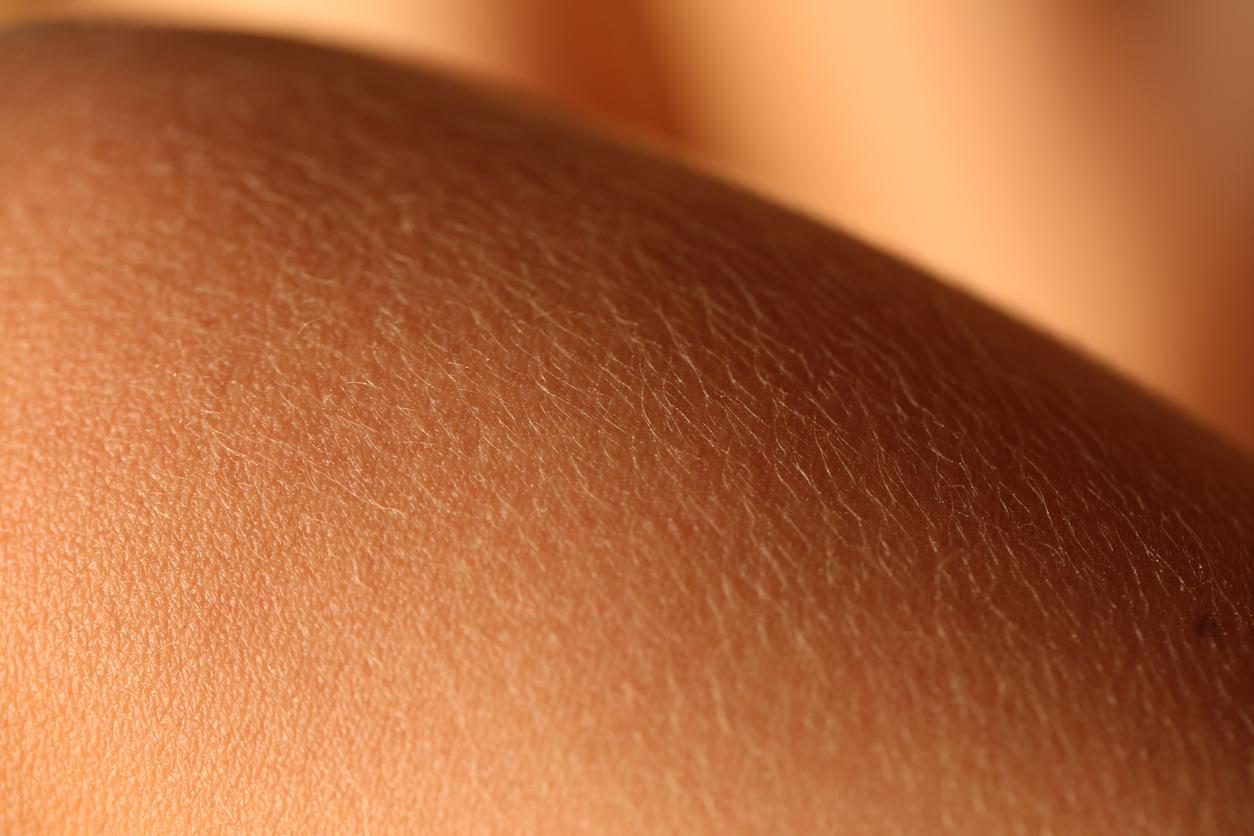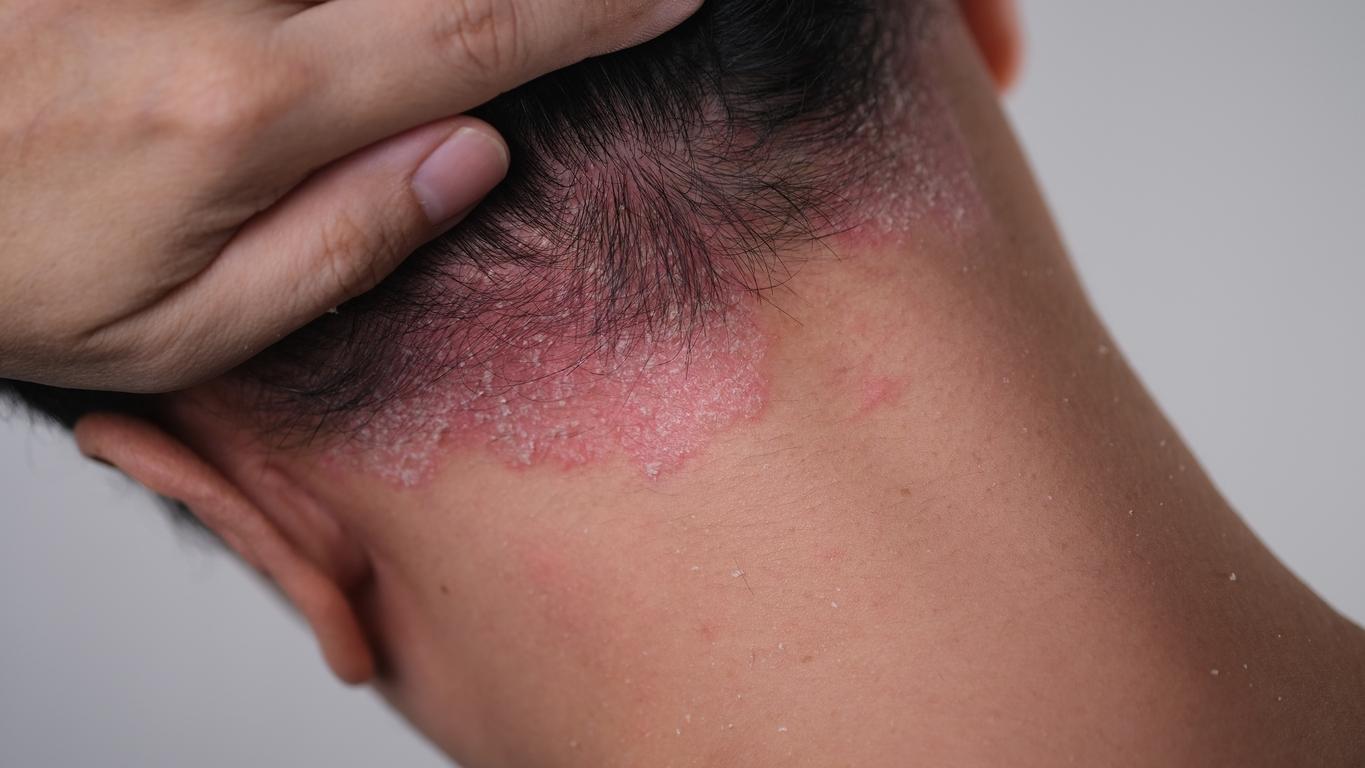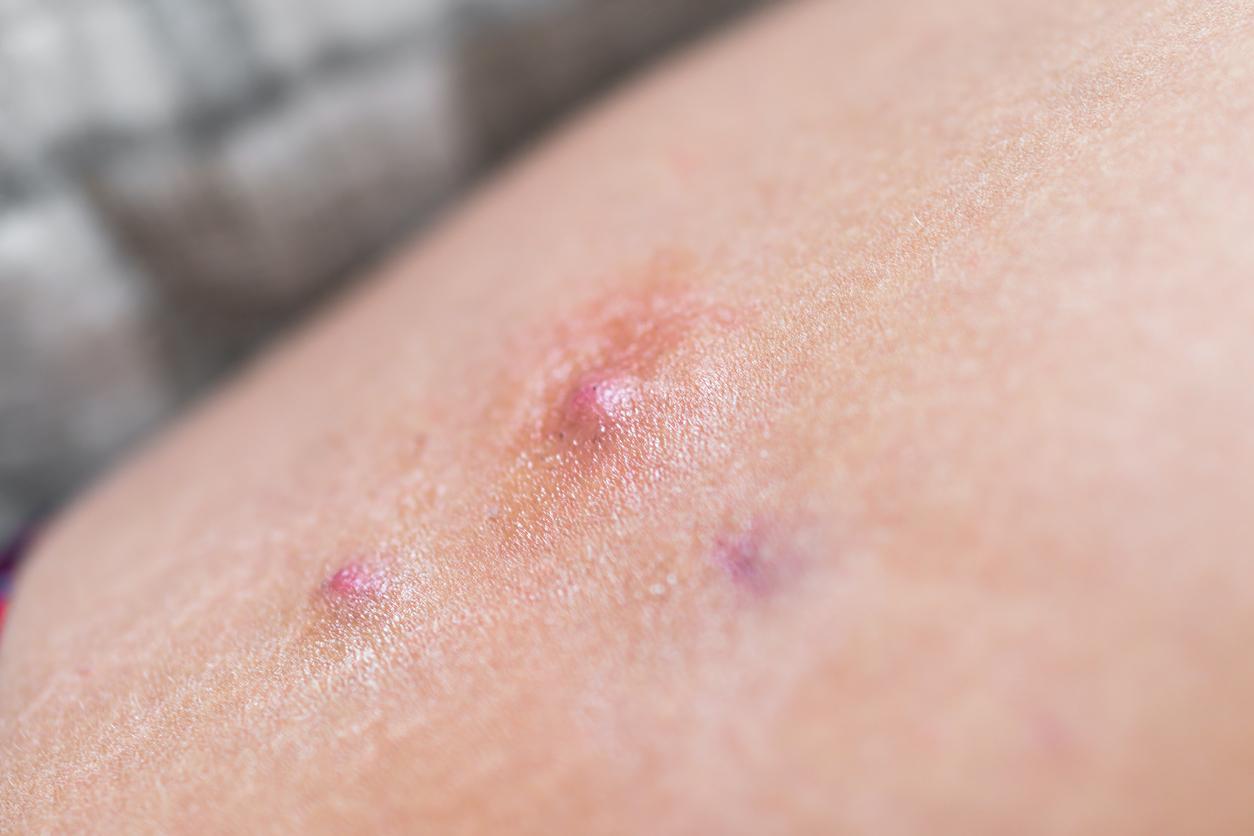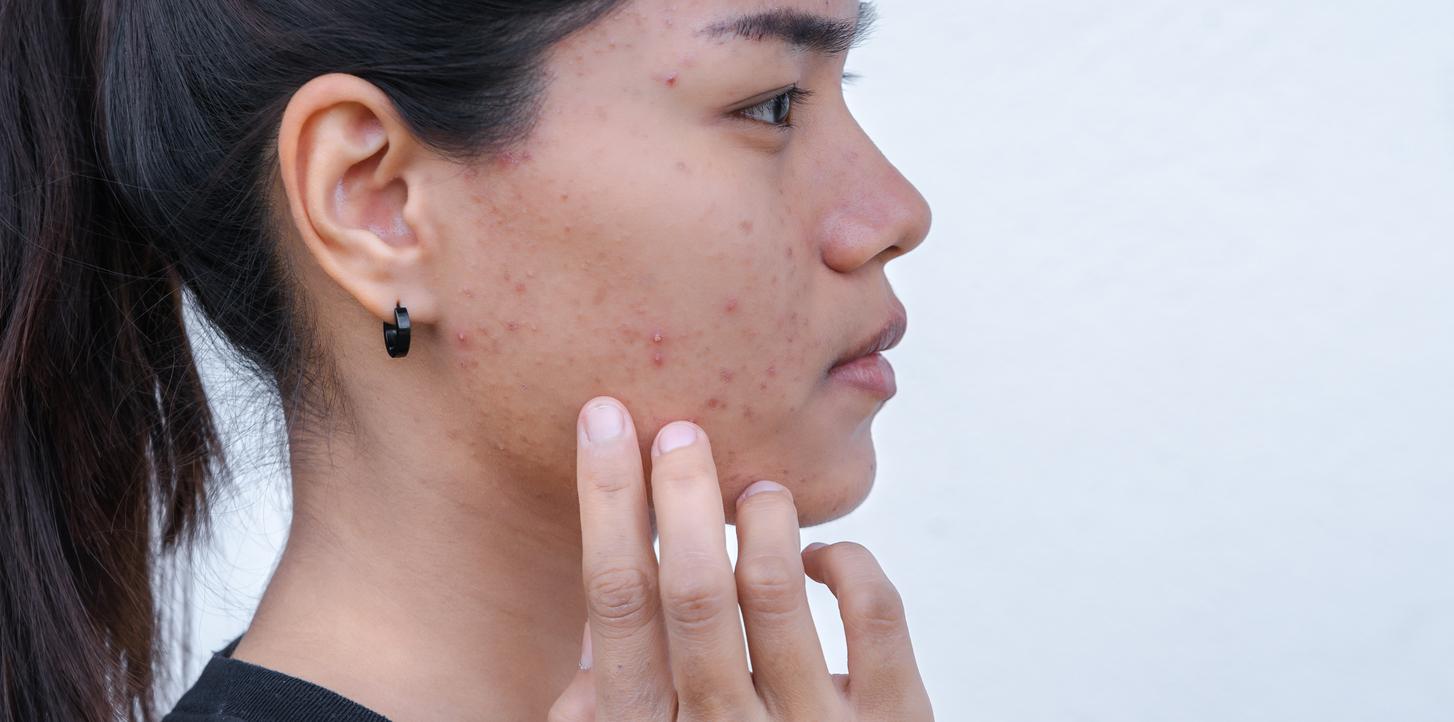Sweaters, moccasins, jeans, jackets, boots… We wear these clothes and shoes every day. Problem: they still contain too many chemical pollutants, some of which can cause skin allergies. This is why ANSES is proposing more protective regulations.

- Current European regulations govern 12 chemical substances or families of substances known to be skin allergens, such as chromium VI or nickel.
Dozens or even hundreds. This is the number of chemical substances found in our clothes. Among the pollutants, there are dyes, residues or impurities present in greater or lesser concentration. In 2018, the National Health Security Agency (ANSES) carried out biomedical research which made it possible to identify the substances likely to be present in these articles and which could be responsible for skin allergies and irritations (eczema, burns) in 50 patients. “Two laboratories then confirmed the presence of these substances by analyzing clothing or shoes” that the participants had worn, the health authority said in a press release published on March 9.
Restrictive European regulations
Based on these results, ANSES called for a restriction, at European level, for more than 1,000 skin sensitizing substances in order to strengthen consumer safety. Its adoption could limit the presence of substances whose allergenic potential was known but for which no regulations applied. Another objective of this regulation: prohibit the presence of all so-called “dispersed” dyes which are often involved in the occurrence of skin allergies. With this restriction, the health authority also wants to lower the regulatory thresholds for nickel and chromium VI, which were not sufficiently protective since they continued to cause allergies.
Washing machine is necessary
ANSES recalled that it was important to wash your clothes before wearing them for the first time in order to evacuate chemical pollutants, which are likely to come into contact with the skin and cause skin allergies.
.

















